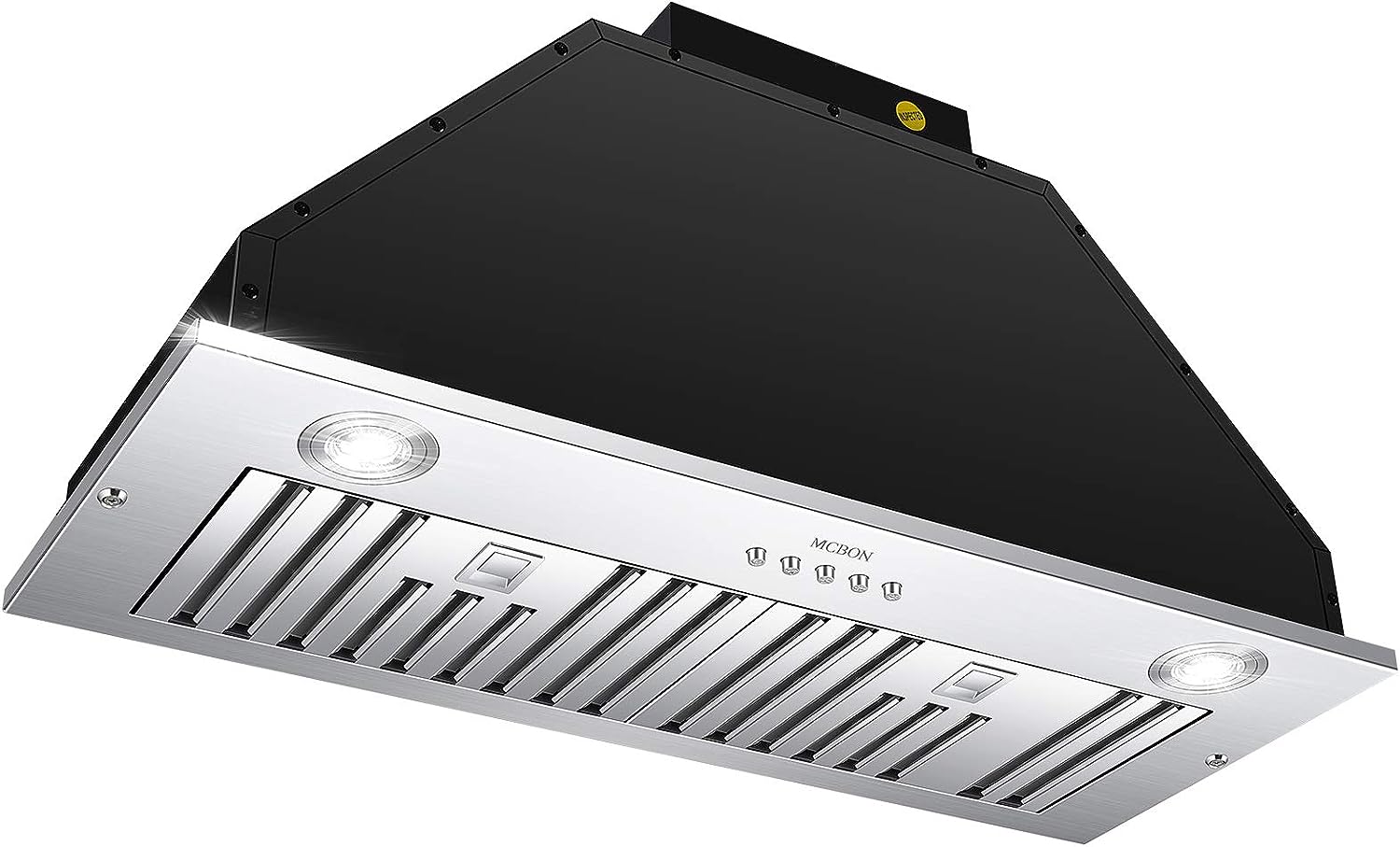

Articles
What Is Good CFM For Range Hood
Modified: October 29, 2024
Discover everything you need to know about the ideal CFM for range hoods with informative articles covering specifications, installation tips, and more.
(Many of the links in this article redirect to a specific reviewed product. Your purchase of these products through affiliate links helps to generate commission for Storables.com, at no extra cost. Learn more)
Introduction
A range hood is an essential appliance in any kitchen, as it helps to remove smoke, odors, and airborne particles that are produced during cooking. One of the key factors to consider when purchasing a range hood is the CFM, or cubic feet per minute, which measures the volume of air that the hood can move per minute. The CFM rating determines the effectiveness of the range hood in venting out the cooking fumes and maintaining a clean and healthy kitchen environment.
In this article, we will explore the concept of CFM and its importance in range hoods. We will also discuss the factors to consider when determining a good CFM for your range hood, the recommended CFM for different cooking styles, and the benefits and drawbacks of high CFM range hoods. Lastly, we will provide some tips to help you select the right CFM for your range hood, ensuring optimal performance and ventilation in your kitchen.
Key Takeaways:
- Choosing the right CFM for your range hood is crucial for effective ventilation. Factors like kitchen size, cooking habits, and ductwork configuration play a significant role in determining the appropriate CFM rating.
- While high CFM range hoods offer benefits such as efficient smoke and odor removal, it’s important to consider potential drawbacks like increased noise levels and higher energy consumption. Finding the right balance is key to making an informed decision.
Read also: 9 Incredible 1200 Cfm Range Hood For 2025
Definition of CFM
CFM stands for Cubic Feet per Minute and is a measurement of airflow. It represents the amount of air that a range hood can move in one minute. CFM is a critical factor in determining the effectiveness of a range hood in removing smoke, steam, and other byproducts of cooking.
A range hood with a higher CFM rating will be able to exhaust a greater volume of air, resulting in better ventilation and faster removal of cooking odors and pollutants. On the other hand, a lower CFM rating may not be sufficient to adequately remove all the fumes and particulate matter from your kitchen.
It’s important to note that the CFM rating alone does not indicate the overall performance or quality of a range hood. Other factors such as fan design, ductwork, and filtration system also play a role in how effectively the range hood can evacuate the air.
When manufacturers assign a CFM rating to a range hood, they typically test the appliance in a controlled environment to measure the volume of air it can move. However, it’s crucial to understand that the actual performance of the range hood in your kitchen may vary depending on factors such as duct length, number of bends, and the overall kitchen layout.
Now that we have a clear understanding of what CFM represents, let’s explore why it is important when choosing a range hood for your kitchen.
Importance of CFM in Range Hoods
The CFM rating of a range hood plays a significant role in its efficacy and effectiveness in maintaining a clean and odor-free kitchen environment. Here are a few reasons why CFM is important when selecting a range hood:
- Efficient Smoke and Odor Removal: Cooking can produce smoke, steam, and strong odors that can linger in the kitchen if not properly vented. A range hood with an appropriate CFM rating ensures efficient and prompt removal of these pollutants, preventing them from spreading throughout your home and leaving your kitchen fresh and clean.
- Improves Air Quality: Adequate ventilation provided by a range hood with the right CFM rating helps to improve indoor air quality. By swiftly removing harmful particles such as grease, gases, and other pollutants, it helps to keep the air in your kitchen and home healthy and safe to breathe.
- Heat Dissipation: In addition to smoke and odors, cooking also generates significant heat. A range hood with a high CFM rating effectively vents out the hot air, helping to reduce the ambient temperature in the kitchen and maintaining a comfortable cooking environment.
- Prevents Damage to Cabinetry: Without proper ventilation, steam and moisture from cooking can accumulate on surfaces, including cabinets and walls. Over time, this can cause damage such as warping, peeling, or discoloration. A range hood with sufficient CFM helps to reduce moisture buildup, protecting your cabinetry and prolonging its lifespan.
- Enhances Safety: Proper ventilation is important for safety in the kitchen. When cooking on gas stovetops, a range hood with an adequate CFM rating helps to remove potentially harmful gases, such as carbon monoxide, which can accumulate and pose a health risk if not properly vented.
Considering the importance of CFM in range hoods, it is crucial to carefully evaluate the CFM rating when selecting a range hood for your kitchen. However, determining the right CFM for your specific needs requires considering various factors, as we will explore next.
Factors to Consider When Determining Good CFM for Range Hood
When determining the ideal CFM for your range hood, it’s essential to consider several factors that can affect the ventilation needs of your kitchen. Here are some key factors to take into account:
- Kitchen Size: The size of your kitchen plays a significant role in determining the appropriate CFM rating for your range hood. Larger kitchens may require higher CFM ratings to effectively ventilate the space, while smaller kitchens may need lower CFM ratings. As a general rule of thumb, experts recommend having a range hood with a minimum of 100 CFM per linear foot of your cooking surface.
- Cooking Habits: Your cooking style and frequency should also be considered when determining the CFM rating. If you frequently cook with high heat, use a griddle, or do heavy frying, you may need a range hood with a higher CFM rating to effectively remove the additional heat, grease, and smoke generated during these cooking activities.
- Stovetop Type: The type of stovetop you have can impact the CFM rating you need. For example, gas stoves tend to produce more pollutants compared to electric stovetops, so a higher CFM rating may be necessary to adequately vent the fumes and combustion byproducts.
- Ductwork: The length and configuration of the ductwork that connects the range hood to the exterior of your home can impact the CFM requirements. Longer duct runs with multiple bends can create more resistance, reducing the effectiveness of the range hood’s ventilation. In such cases, it may be necessary to compensate with a higher CFM rating.
- External Factors: Consider any external factors that may affect the airflow in your kitchen. For instance, if your kitchen is prone to drafts or if you have large windows or doors nearby that can create cross-ventilation, you may be able to lower the CFM rating. Conversely, if your kitchen is in a closed-off space or lacks proper ventilation, you might need a higher CFM rating to ensure adequate airflow.
It’s important to keep in mind that these factors can vary from one kitchen to another, so it’s recommended to consult with a professional or refer to the manufacturer’s guidelines to determine the appropriate CFM for your specific needs.
In the next section, we will provide a general guideline for recommended CFM ratings based on different cooking styles.
Recommended CFM for Different Cooking Styles
The ideal CFM rating for your range hood will depend on your cooking style and the types of dishes you frequently prepare. While there is no one-size-fits-all answer, the following guidelines can help you determine the recommended CFM for different cooking styles:
- Light Cooking: If you mainly engage in light cooking activities such as boiling, simmering, or sautéing, a range hood with a CFM rating between 150-300 should be sufficient. These activities typically produce less smoke and odors, requiring lower ventilation power.
- Moderate Cooking: For moderate cooking activities that involve grilling, roasting, or stir-frying, a range hood with a CFM rating between 300-500 is recommended. These cooking methods can produce more smoke and greasy fumes that require more robust ventilation.
- Heavy Cooking: If you regularly engage in heavy-duty cooking such as deep-frying, wok cooking, or searing at high heat, you will need a high CFM range hood. A CFM rating of 500 or higher is recommended for these intense cooking activities to effectively remove the excess heat, smoke, and grease generated.
It’s important to note that these are general guidelines, and other factors like kitchen size and ventilation conditions may necessitate adjustments to the recommended CFM ratings. It’s always best to consult with professionals or refer to the manufacturer’s guidelines for specific recommendations based on your kitchen layout and cooking needs.
Next, let’s explore the benefits and drawbacks of high CFM range hoods to help you make an informed decision.
A good CFM (cubic feet per minute) for a range hood is typically around 300-400 for electric stoves and 600-900 for gas stoves. This ensures effective smoke and odor removal during cooking.
Read more: What Is A Good CFM For A Leaf Blower
Benefits of High CFM Range Hoods
Investing in a range hood with a high CFM rating can offer several advantages when it comes to kitchen ventilation. Here are some key benefits of opting for a high CFM range hood:
- Efficient Smoke and Odor Removal: A high CFM range hood is specifically designed to quickly and effectively remove smoke, steam, and odors from your kitchen. It helps to keep the air clean and prevents lingering cooking smells from permeating your home.
- Improved Air Quality: Proper ventilation is crucial for maintaining good indoor air quality. A high CFM range hood ensures that harmful pollutants, such as carbon monoxide, volatile organic compounds (VOCs), and cooking byproducts, are promptly and efficiently eliminated from the kitchen environment, reducing the risk of respiratory issues and other health problems.
- Enhanced Grease Capture: Cooking activities can release grease particles into the air, which can settle on surfaces and create a greasy film in your kitchen. A high CFM range hood with a robust capture system helps to effectively trap and remove the grease, keeping your kitchen cleaner and reducing the need for extensive cleanup.
- Reduced Heat and Humidity: Cooking generates heat, which can make your kitchen uncomfortable, especially during hot summer months. A high CFM range hood effectively exhausts the hot air, helping to maintain a cooler and more comfortable cooking environment. Additionally, it helps to reduce humidity levels by expelling excess moisture created during cooking, preventing issues like condensation and mold growth.
- Flexibility in Cooking Styles: With a high CFM range hood, you have the freedom to experiment with various cooking techniques. Whether you enjoy deep-frying, stir-frying at high heat, or grilling indoors, a high CFM range hood can effectively handle the increased smoke and fumes associated with these cooking methods.
It’s important to note that while there are numerous benefits to having a high CFM range hood, it’s crucial to ensure that your kitchen is properly ventilated to handle the increased airflow. This includes having appropriate ductwork and considering factors like makeup air to prevent negative pressure issues.
While high CFM range hoods offer many advantages, there are also some drawbacks to consider, as we’ll explore in the next section.
Drawbacks of High CFM Range Hoods
While high CFM range hoods offer many benefits, it’s important to consider the potential drawbacks before making a decision. Here are some downsides to keep in mind:
- Noise: High CFM range hoods tend to be more powerful, which can result in increased noise levels during operation. The powerful motor and fan required to move a larger volume of air can generate more sound. However, advancements in technology have led to quieter range hood models, so it’s possible to find high CFM range hoods that operate at lower noise levels.
- Increased Energy Consumption: Range hoods with higher CFM ratings generally consume more energy compared to those with lower CFM ratings. The increased power required to move a larger volume of air results in higher energy usage. However, this drawback can be mitigated by opting for range hoods with energy-efficient features and by using the range hood sparingly when not necessary.
- Higher Cost: High CFM range hoods are typically more expensive compared to those with lower CFM ratings. The larger motors, advanced filtration systems, and enhanced features add to the overall cost of the range hood. However, the investment in a high CFM range hood can be worthwhile if it aligns with your cooking needs and ensures optimal ventilation in your kitchen.
- Complicated Installation: Installing a high CFM range hood may require more complex ductwork, especially if your kitchen does not have existing ventilation or if the range hood is not positioned near an exterior wall. Ensuring proper venting and airflow can be more challenging, resulting in additional installation costs and complexities.
While these drawbacks exist, they should be considered in relation to the specific needs of your kitchen and your cooking habits. Assessing the trade-offs between the benefits and drawbacks will help you make an informed decision when it comes to selecting a range hood with an appropriate CFM rating.
Now that we have explored the benefits and drawbacks of high CFM range hoods, let’s move on to some useful tips for selecting the right CFM for your range hood.
Tips for Selecting the Right CFM for Your Range Hood
Choosing the right CFM for your range hood is crucial to ensure effective ventilation in your kitchen. Here are some helpful tips to guide you in selecting the appropriate CFM for your range hood:
- Consider Your Cooking Style: Take into account your typical cooking activities and the intensity of your cooking. If you frequently engage in heavy-duty cooking methods like frying or grilling, you’ll likely need a higher CFM rating compared to someone who primarily does light cooking.
- Assess Your Kitchen Size: The size of your kitchen plays a significant role in determining the CFM rating. Larger kitchens typically require a higher CFM rating to adequately ventilate the space and maintain proper airflow. Measure the square footage of your kitchen and consult CFM guidelines to ensure you have an appropriate rating.
- Consider Ductwork and Ventilation: Evaluate the configuration of your kitchen’s ductwork and ventilation system. Long duct runs, multiple bends, or insufficient ventilation may require a higher CFM rating to compensate for increased airflow resistance. Consult with a professional to ensure proper ventilation and efficient installation.
- Refer to Manufacturer Recommendations: Check the manufacturer’s guidelines and recommendations for CFM ratings in relation to their specific range hood models. Manufacturers often provide CFM suggestions based on kitchen size, stovetop type, and cooking habits, which can serve as a helpful starting point in your decision-making process.
- Consider Noise Levels: Higher CFM range hoods tend to produce more noise due to the powerful motor and fan required to move the air. Take noise levels into consideration, especially if your kitchen is an open-concept or if excessive noise is a concern for you. Look for range hoods with noise reduction features or quieter operation.
- Consult with Professionals: If you’re unsure about the CFM rating that would best suit your kitchen, consider consulting with professionals or kitchen designers who can provide personalized recommendations based on factors like your kitchen layout, ventilation requirements, and cooking habits.
By considering these tips, you can make an informed decision when selecting the right CFM for your range hood. Remember that finding the balance between appropriate CFM rating and other factors like noise levels and energy efficiency is crucial to achieving optimal performance and ventilation in your kitchen.
Before we conclude, let’s summarize the key points we’ve discussed throughout the article.
Conclusion
Selecting the right CFM for your range hood is essential to ensure effective ventilation in your kitchen. The CFM rating determines the range hood’s ability to remove smoke, odors, and airborne particles, improving air quality and maintaining a clean cooking environment.
When determining the ideal CFM rating, consider factors such as kitchen size, cooking habits, stovetop type, and ductwork configuration. These factors will help you determine the appropriate CFM for your specific needs.
While high CFM range hoods offer benefits such as efficient smoke and odor removal, improved air quality, and the ability to handle intense cooking styles, there are some drawbacks to consider. These include increased noise levels, higher energy consumption, higher costs, and potentially more complicated installation.
To select the right CFM, consider your cooking style, kitchen size, consult manufacturer recommendations, assess noise levels, and seek professional advice if needed.
Remember, finding the right CFM rating for your range hood requires finding a balance between ventilation needs, noise levels, energy efficiency, and budget considerations. By taking these factors into account, you can make an informed decision and ensure that your kitchen is properly ventilated, providing a clean and healthy cooking environment.
We hope this article has provided valuable insights into the importance of CFM in range hoods and has empowered you to make the right choice for your kitchen. Happy cooking and happy ventilation!
Frequently Asked Questions about What Is Good CFM For Range Hood
Was this page helpful?
At Storables.com, we guarantee accurate and reliable information. Our content, validated by Expert Board Contributors, is crafted following stringent Editorial Policies. We're committed to providing you with well-researched, expert-backed insights for all your informational needs.
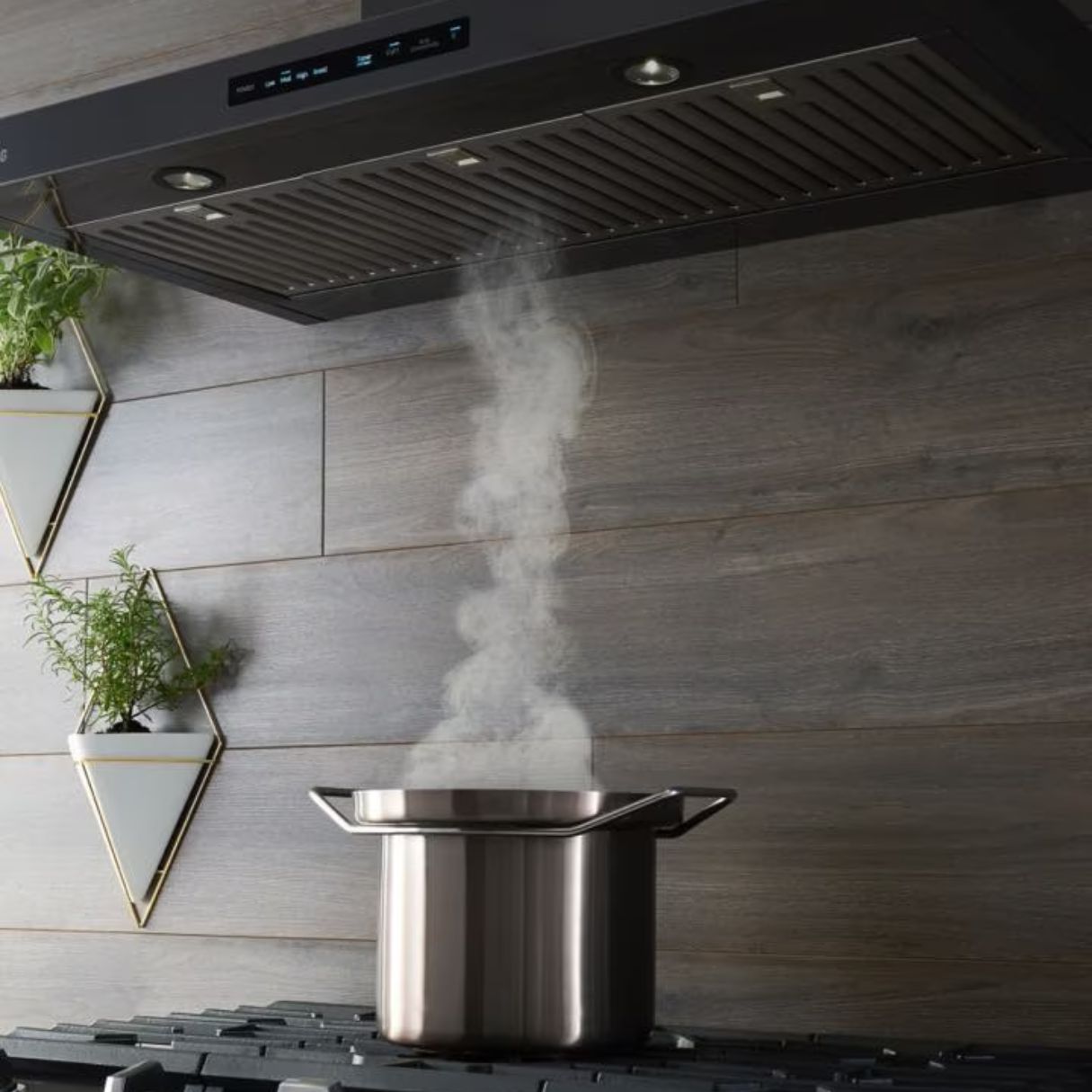

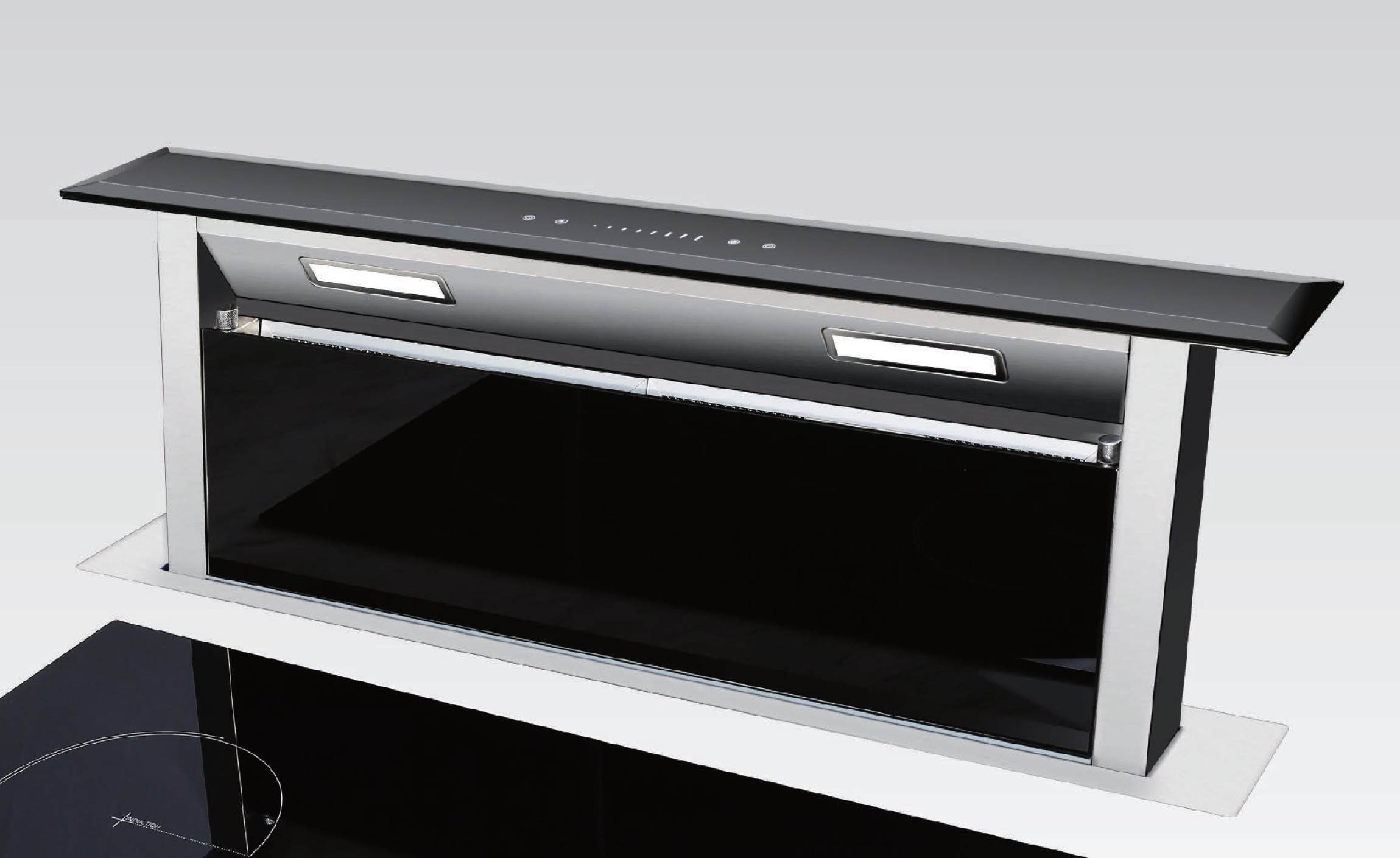

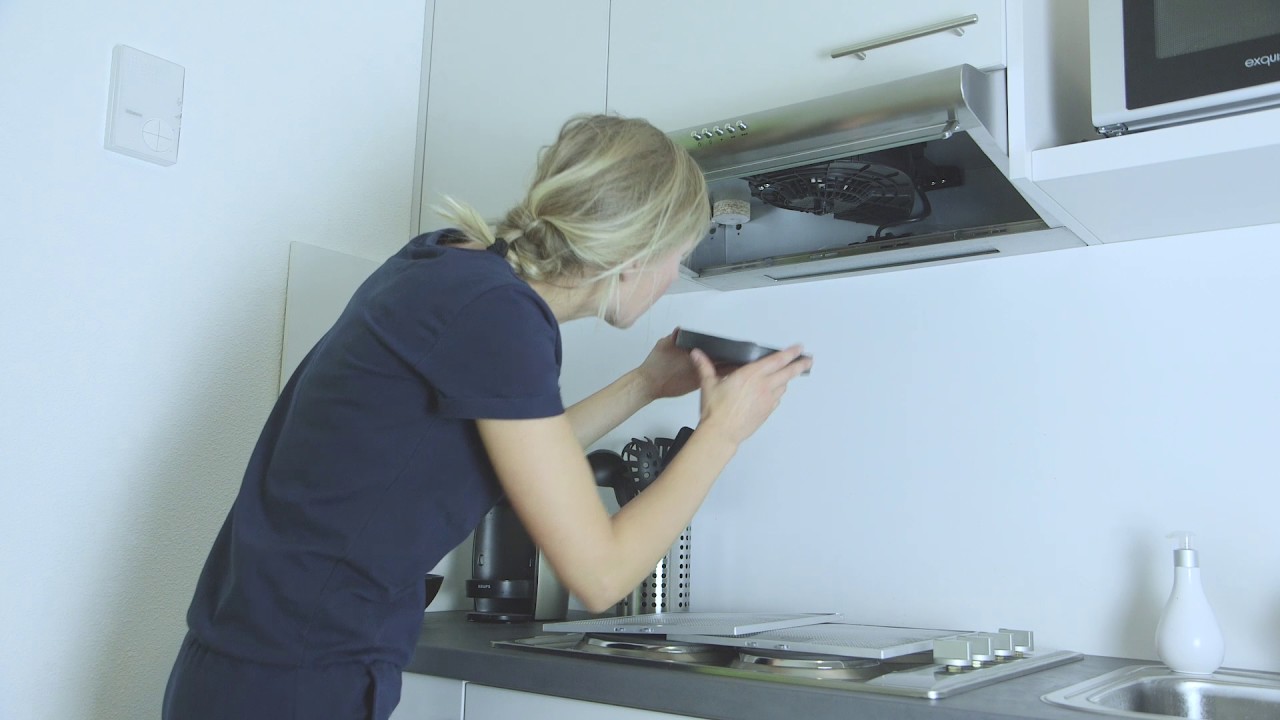

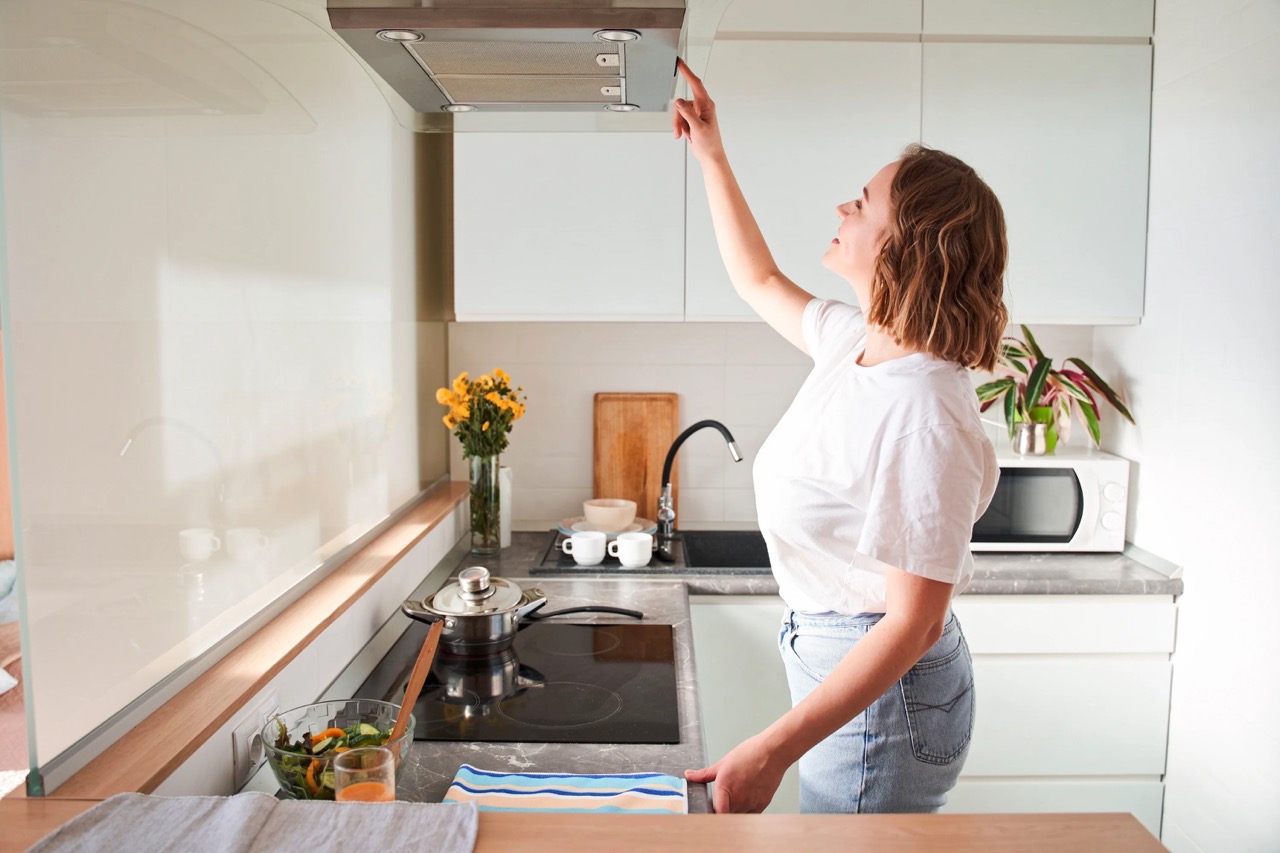
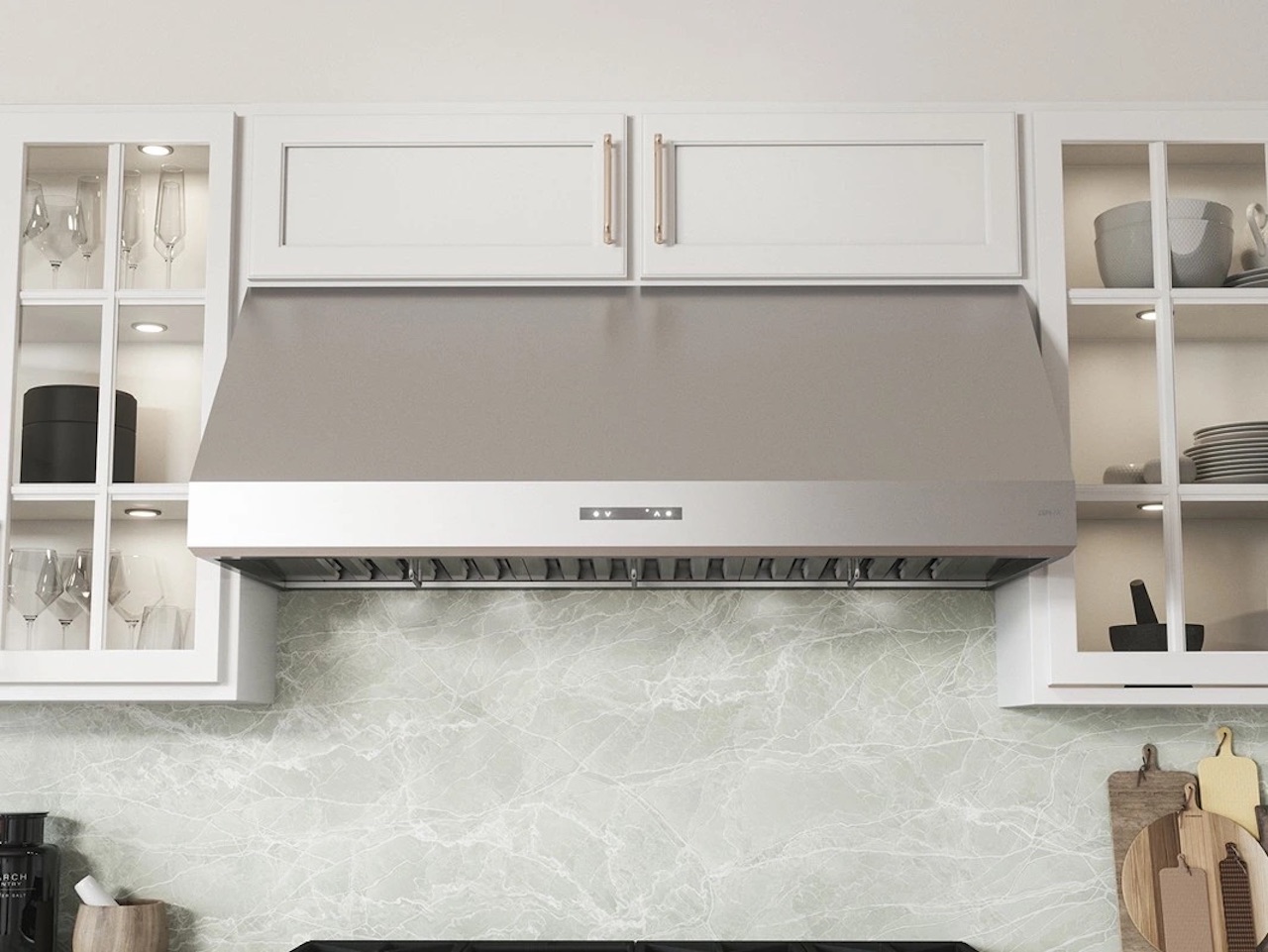
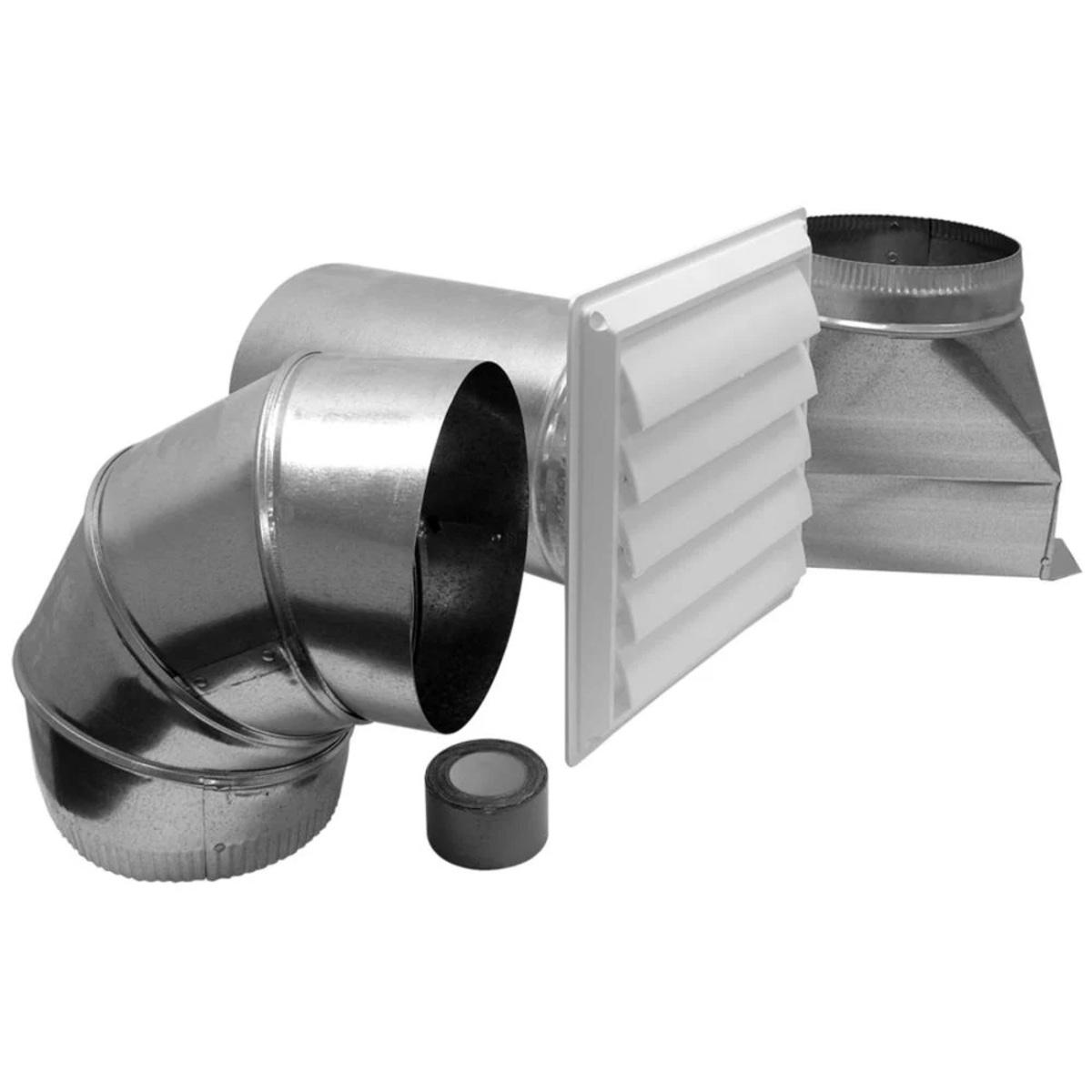
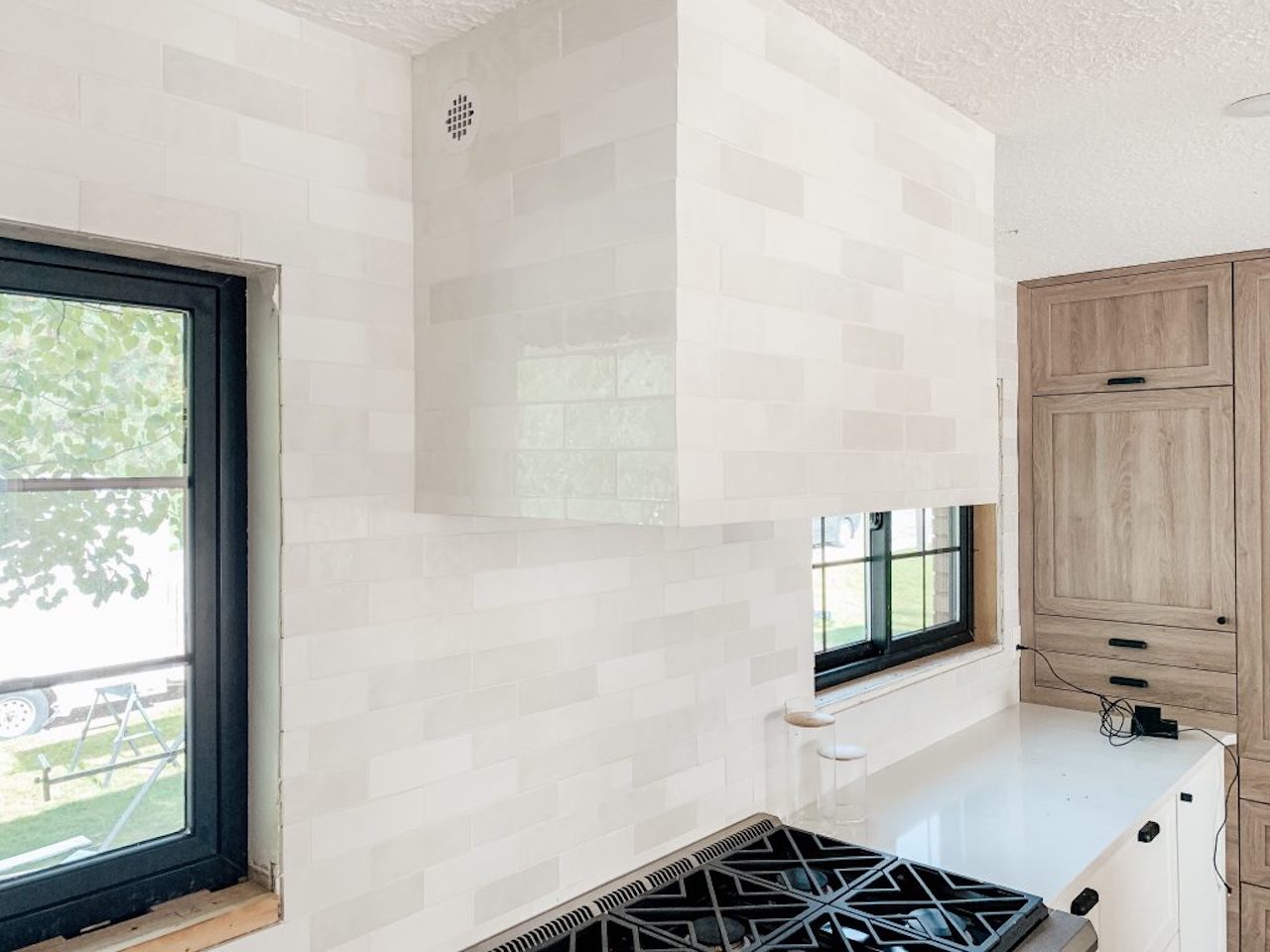
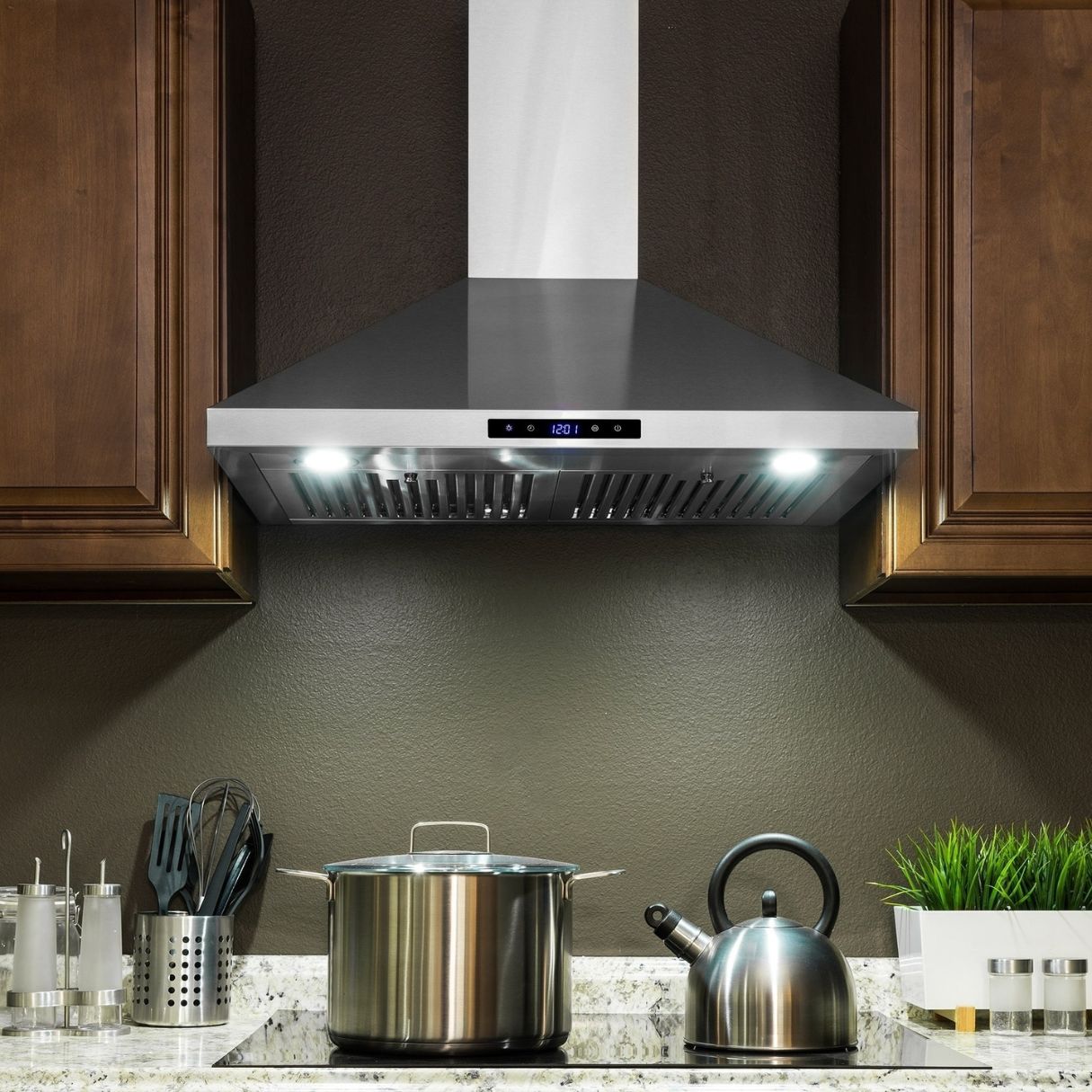
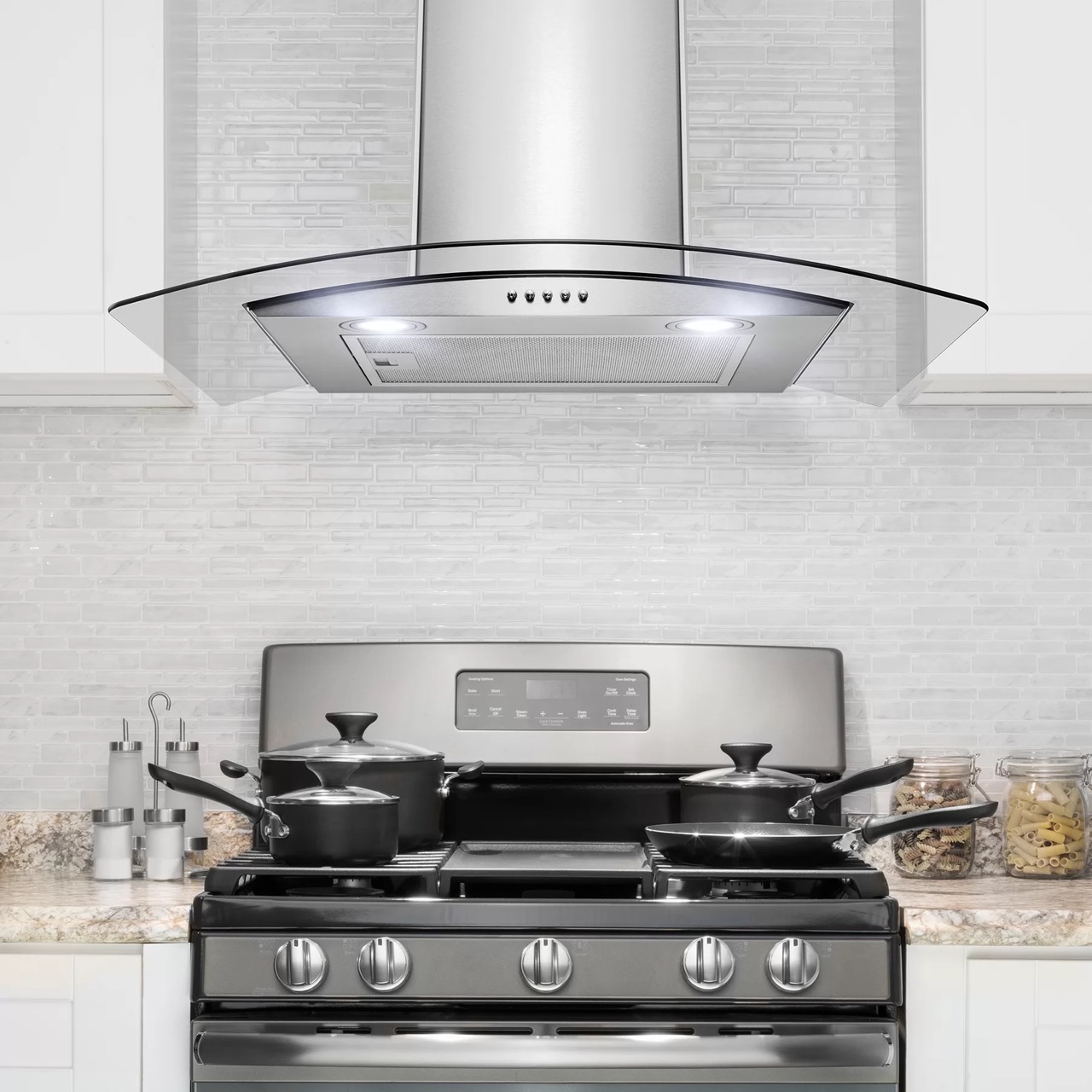

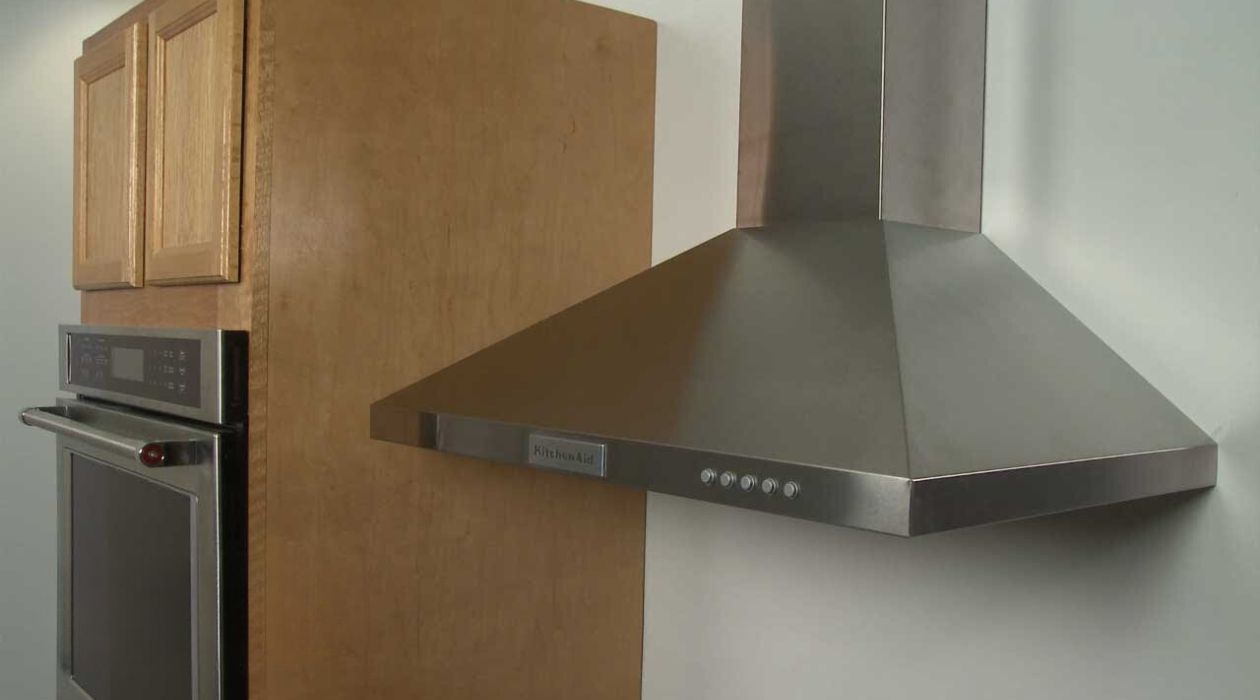

0 thoughts on “What Is Good CFM For Range Hood”